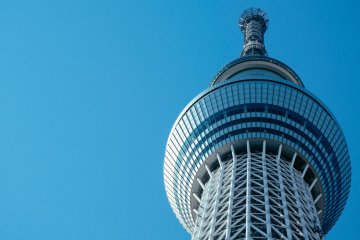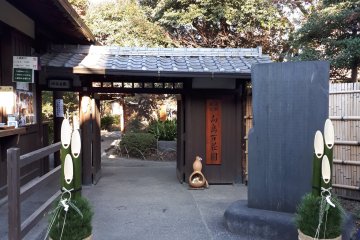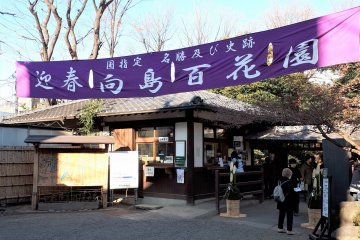Surviving almost as an afterthought in modern Japan, Mukojima is a blue-collar residential area of Sumida Ward in Tokyo. Rarely on the must-see places for tourists, Mukojma is actually a little delight that just finds ways of giving.
The Seiko Watch Museum finds its home here, as does the Tobu Museum. But perhaps most authentic of all is the Mukojima Hyakkaen Gardens. A stunningly calm and peaceful place, these strolling gardens were created in the early 1800s, and are the only gardens in Tokyo still surviving from the Edo Period.
The gardens are a treasure of botanical gold, with well over 200 different species of plants. Indebted to traditional Japanese sensibilities, Hyakkaen features what are known as the classic seven herbs of spring and the seven herbs of fall. Plum blossoms are particularly popular during spring and, with 360 trees planted, it is easy to understand why. Summer brings outs the hydrangeas which, like the plum blossoms, draw in the crowds.
The traditional Japanese garden layout is certainly one of the most impressive features of Hyakkaen. The gardens are by no means large, but you would have a difficult time working that out - visitors are always surrounded by a sense of nature.
Another feature of Hyakkaen is the nod it gives to traditional and classical literature. Dotted throughout the gardens are stone monuments engraved with choice pieces of prose and poetry. A deliberate design choice by the gardens' creators, the artistic merits of both literature and nature merge here - the traditional Japanese house only adds to the charm.
The extremely low entry fee of 150 yen makes it easy to enjoy repeat visits and, barring a short period over New Year, the gardens are open year round. My first visit was in winter and while the colour was absent, the winter sun offered some very poignant displays of light and shadow.











